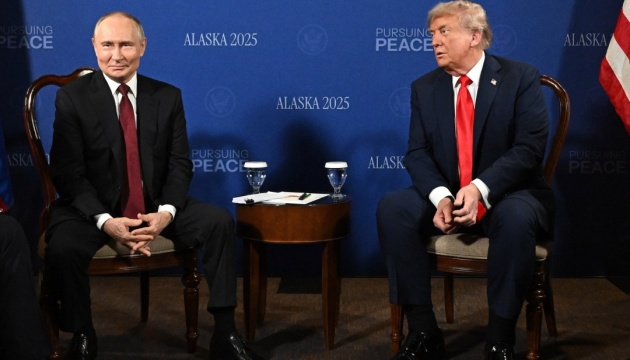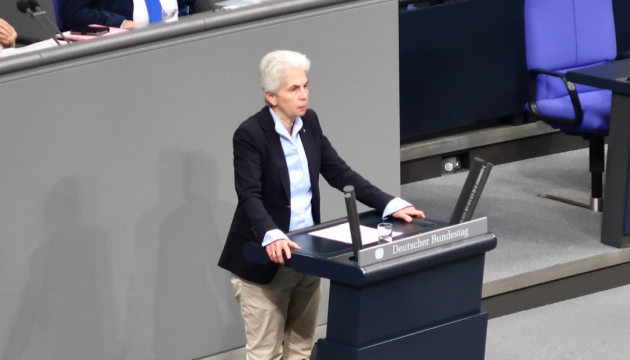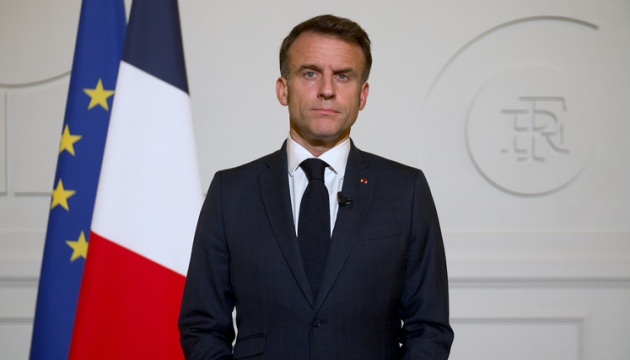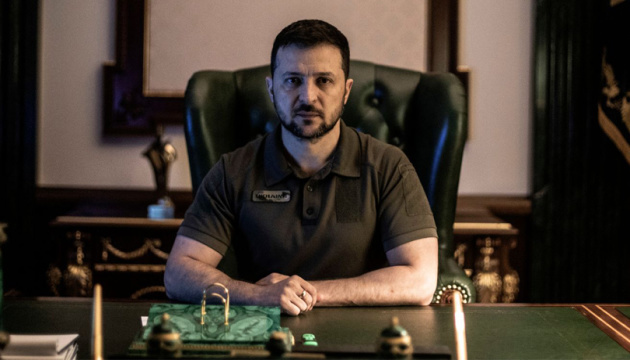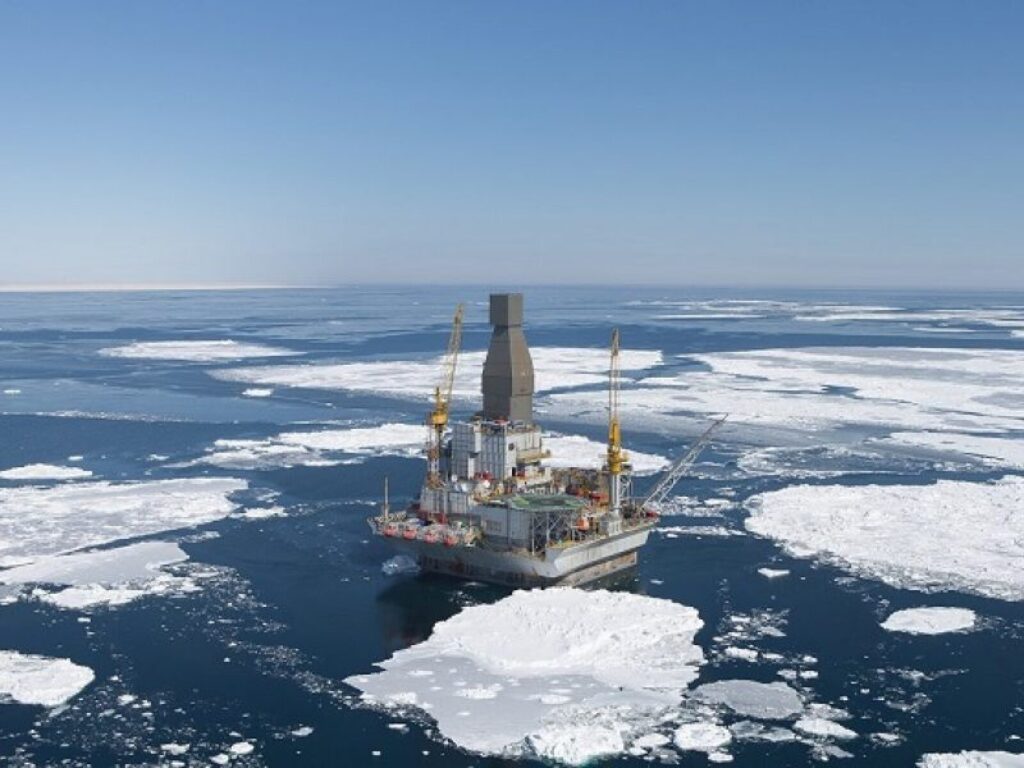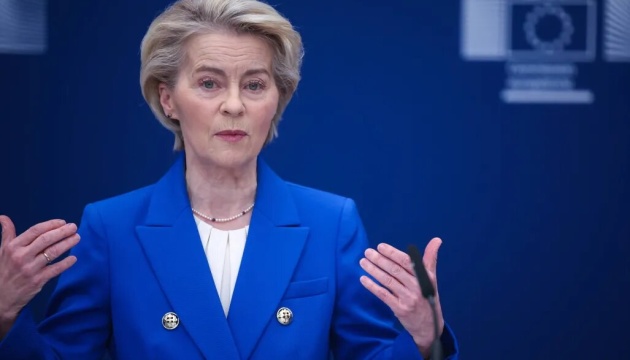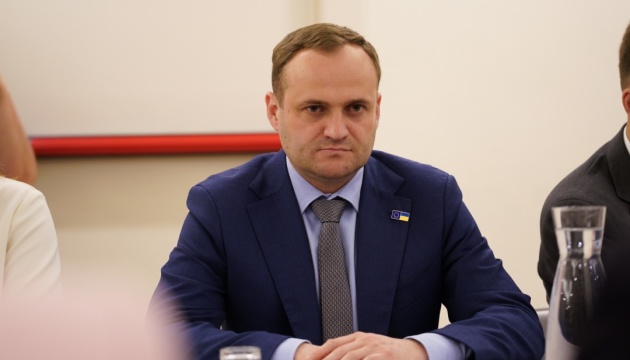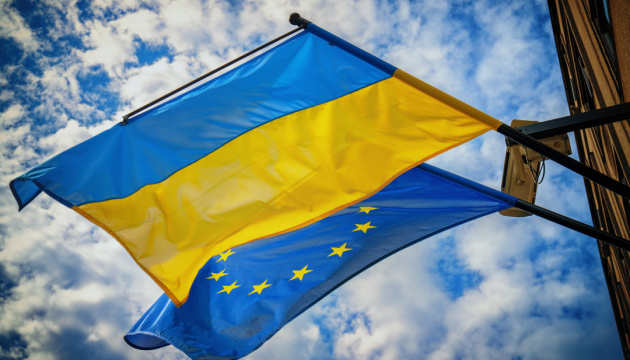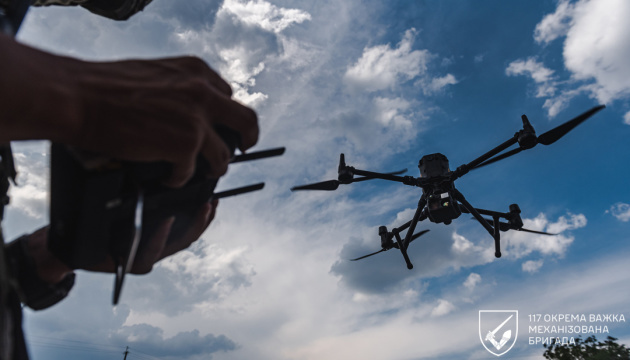Alaska surrender: Putin scores total victory, Trump turns pressure on Ukraine

After three hours in Alaska, the results are in: Putin scored a perfect diplomatic victory, Trump abandoned his core demands, and Ukraine faces an impossible choice between constitutional suicide and losing American support.
The stunning reversal shows how completely Trump capitulated across every dimension while Putin orchestrated a masterclass in presidential humiliation.
Before Alaska, Trump threatened Putin with “stark economic penalties” and demanded an immediate ceasefire. After three hours with the Russian leader, Trump dropped both threats while pressuring Ukraine to surrender the very fortress belt that has protected its heartland since 2014.
Putin didn’t just win diplomatically—he secured his war economy, gained territorial concessions, and achieved complete rehabilitation from international pariah to equal partner.
The Alaska report card
Putin’s score: Complete victory (Trump delivered everything)
 Economic lifeline secured – Trump abandoned secondary sanctions that could have cut Russia’s $205 million daily oil revenue
Economic lifeline secured – Trump abandoned secondary sanctions that could have cut Russia’s $205 million daily oil revenue
 Territorial demands accepted – Trump now pressures Ukraine to surrender fortress cities Russia couldn’t capture
Territorial demands accepted – Trump now pressures Ukraine to surrender fortress cities Russia couldn’t capture
 Diplomatic rehabilitation – From ICC-wanted war criminal to red carpet treatment in 3 hours
Diplomatic rehabilitation – From ICC-wanted war criminal to red carpet treatment in 3 hours
 Protocol dominance – US soldiers knelt to lay red carpet, Putin spoke first from podium with US presidential seal
Protocol dominance – US soldiers knelt to lay red carpet, Putin spoke first from podium with US presidential seal
 Strategic reversal – Trump dropped ceasefire demands, adopted Putin’s negotiation timeline
Strategic reversal – Trump dropped ceasefire demands, adopted Putin’s negotiation timeline
 Personnel control – Got Trump adviser Keith Kellogg excluded from US delegation
Personnel control – Got Trump adviser Keith Kellogg excluded from US delegation
Ukraine’s score: Heavy toll (One major win, catastrophic losses)
 Security guarantees breakthrough – Trump agreed to US security guarantees “like NATO,” reversing his Europe-only position
Security guarantees breakthrough – Trump agreed to US security guarantees “like NATO,” reversing his Europe-only position
 Retained some agency – Trump made no threats to force acceptance: “it’s possible they will say – no!” (weaker win)
Retained some agency – Trump made no threats to force acceptance: “it’s possible they will say – no!” (weaker win)
 Economic pressure evaporated – Russia’s war funding now protected by Trump’s sanctions amnesty
Economic pressure evaporated – Russia’s war funding now protected by Trump’s sanctions amnesty
 Facing territorial ultimatum – Surrender strategic defense cities or lose US support
Facing territorial ultimatum – Surrender strategic defense cities or lose US support
 Constitutional crisis looming – Cannot legally cede territory Putin demands
Constitutional crisis looming – Cannot legally cede territory Putin demands
 Military pressure intensified – Recent Russian advances threaten fortress belt supply lines
Military pressure intensified – Recent Russian advances threaten fortress belt supply lines
Trump’s score: Art of the sellout (One pivot, systematic failures)
 Security guarantees pivot – Agreed to long-term US role in Ukraine’s defense
Security guarantees pivot – Agreed to long-term US role in Ukraine’s defense
 Failed primary goal – No ceasefire despite calling it his red line before Alaska
Failed primary goal – No ceasefire despite calling it his red line before Alaska
 Economic warfare abandoned – Dropped the nuclear option of secondary sanctions
Economic warfare abandoned – Dropped the nuclear option of secondary sanctions
 Became Putin’s pressure agent – Now demanding victim reward aggressor
Became Putin’s pressure agent – Now demanding victim reward aggressor
The choreography of humiliation
Putin didn’t just win diplomatically—he staged a public humiliation of American power that would have been unthinkable during the Cold War.
Start with the visuals. US soldiers dropped to their knees to unfurl a red carpet for Putin’s arrival. Trump personally drove the Russian leader in the presidential limousine—a gesture so unprecedented that diplomatic protocol experts couldn’t find parallels.
Then came the final briefing, where Putin spoke first from a podium bearing the seal of the US presidency. His remarks ran twice as long as Trump’s, establishing who controlled the narrative.
Russian Foreign Ministry spokesperson Maria Zakharova captured Moscow’s glee: “Three years [Western media] told us about Russia’s isolation, and today they saw the red carpet that welcomed the Russian president in the USA.”
The optics weren’t accidental—they were psychological warfare. Putin wanted the world to see American soldiers literally bowing before Russian power.
Behind closed doors: Putin controls the agenda
The meeting itself revealed Putin’s control extended beyond ceremony to substance. Russia successfully demanded that General Keith Kellogg—considered too pro-Ukraine by the Kremlin—be excluded from the US delegation.
The summit format also favored Putin. What was supposed to be a broader delegation meeting shrank to just leaders, foreign ministers, translators, and one adviser each. Putin got exactly the intimate setting he wanted, with minimal American institutional pushback.
Even Trump’s famous preference for one-on-one meetings—which led to his Helsinki disaster in 2017, when he publicly sided with Putin over US intelligence agencies, causing a major diplomatic scandal—was limited to a few minutes in the presidential car without a translator. Not enough time for real negotiation, but plenty for Putin to set the tone.

The $205 million daily gift: How Trump saved Putin’s war economy
Here’s what Trump actually abandoned: secondary sanctions targeting countries that buy Russian oil. These weren’t ordinary pressure tactics—they were designed to make Russian energy “too toxic” to purchase by imposing punitive tariffs on entire nations.
Trump had already shown he meant business. Just days before Alaska, he slapped 25% tariffs on India over Russian oil purchases. The threat was credible and escalating.
But three hours with Putin changed everything. “Because of what happened today, I think I don’t have to think about it,” Trump told Fox News about the sanctions. “Maybe I’ll have to think about it in 2-3 weeks, but right now we don’t have to think about it.”
That’s a daily gift worth approximately $205 million to Russia’s war machine. Putin can now fund his military without worrying about economic isolation.
The sanctions relief wasn’t collateral damage—it was Putin’s primary objective.
As Serhiy Sydorenko from European Pravda noted, this became “one of Putin’s key victories” because these nuclear-option sanctions “are considered the most effective for influencing Russia.”
Trump abandons ceasefire demands, accepts Putin’s timeline
The most revealing shift came in what Trump stopped talking about after Alaska. Before the summit, Trump insisted a ceasefire was his “red line” and told reporters he “won’t be happy if I walk away without some form of a ceasefire.”
After three hours with Putin, the word “ceasefire” disappeared entirely from Trump’s vocabulary. Neither the final briefing nor Trump’s 30-minute Fox News interview mentioned it once.
Axios reporter Barak Ravid explained the reversal: “President Trump told Zelensky and NATO leaders that Putin doesn’t want a ceasefire and prefers a comprehensive deal to end the war. Trump said he ‘thinks a quick peace agreement is better than a ceasefire.'”
This represented complete capitulation to Putin’s negotiating position. The Russian leader had consistently rejected temporary ceasefires, demanding instead a permanent settlement that would legitimize territorial gains and prevent Ukraine from rebuilding its defenses.
Security guarantees “like NATO without NATO”: Ukraine’s one major win
The only positive outcome for Ukraine from the Alaska summit deserves a pause. Trump’s agreement to US security guarantees represents a seismic shift that went largely unnoticed.
For months, Trump insisted America had no role in guaranteeing Ukraine’s post-war security. “European affairs,” he called it. Europe’s problem to solve.
That position crumbled in Alaska. Trump not only agreed to participate but told European leaders the guarantees would be “like NATO.” American troops might participate, he indicated—a complete reversal of his isolationist stance.
French President Macron first revealed this shift on August 13, but Trump confirmed it definitively after meeting Putin. Even Putin acknowledged the arrangement during the final briefing.
For Ukraine, this represents genuine strategic value. America’s absence from plans to give Ukraine real protection from further Russian attacks has scared off EU allies from committing boots on the ground, and could be a major step for Ukraine’s security—if they’re credible and long-term.
Trump confirmed this agreement in his Fox News interview with Sean Hannity, and, according to NBC sources, Trump directly engaged with Zelensky and European leaders by phone Saturday morning about “the US being party to a potential NATO-like security guarantee for Ukraine as part of a deal struck with Russia.”
Putin also acknowledged the arrangement back in Moscow, telling officials that future security arrangements for Ukraine had been discussed and calling the talks “frank and substantive.”
The unprecedented demand: No country has voluntarily surrendered territory since WWII
Putin’s territorial demands represent something virtually unprecedented in post-World War II history: demanding a defending country voluntarily surrender its own sovereign territory to end a war. There are no meaningful examples of this happening since 1945.
Even Israel’s return of the Sinai Peninsula to Egypt was the opposite scenario—returning previously occupied foreign territory in exchange for peace and recognition.
Yet Trump is asking Ukraine to do what no country has done in nearly 80 years: hand over its own land to an aggressor. And not just any land—the fortress belt that has protected Ukraine’s heartland since 2014.
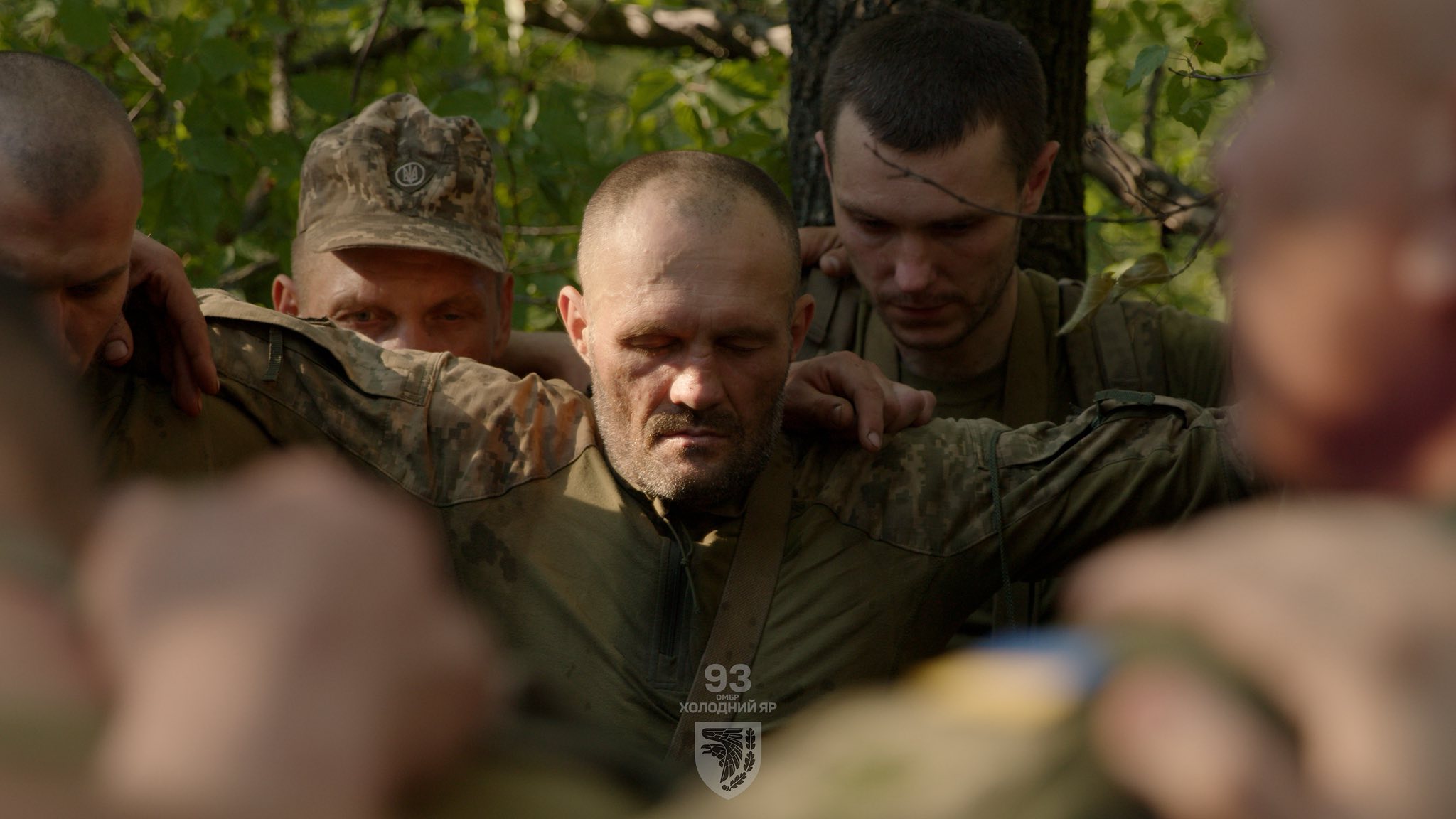
So you think Ukraine can just leave Donbas? It’s the shield forged in steel — and paid in blood
The fortress belt ultimatum: Surrender what Russia couldn’t capture
Putin is demanding Ukraine surrender a 50-kilometer chain of fortified cities that Russian forces have repeatedly failed to capture through three years of warfare.
The fortress belt stretches from Sloviansk through Kramatorsk to Kostyantynivka—Ukraine’s eastern shield built over 11 years since 2014. These aren’t just strategic positions; they’re Ukraine’s last major defensive line in the east.
Reuters reports that Trump told Zelenskyy directly: Putin will freeze other front lines if Ukraine surrenders all of Donetsk, including areas Russia doesn’t occupy.
The Institute for the Study of War has repeatedly noted that Russian forces cannot break through or encircle these positions. That’s why Putin wants Ukraine to abandon them voluntarily—he’s asking Trump to achieve what his military couldn’t.
Ukrainian officials called this a “stab in the back.” As one senior official told the Financial Times: “He just wants a quick deal.”
The historical parallel is unavoidable. In 1938, Nazi Germany couldn’t capture Czechoslovakia’s fortified Sudetenland through military force. So Hitler demanded it diplomatically. Six months after Czechoslovakia complied, the entire country was occupied.
Putin’s maximalist agenda: erasing Ukraine entirely
Putin’s demands reveal his true goal isn’t territorial adjustment—it’s systematic elimination of Ukrainian statehood. The New York Times reports Putin also demanded Russian become an official language in Ukraine and protections for Russian Orthodox churches.
These aren’t cultural concessions. They’re tools for permanent Russian influence designed to hollow out Ukrainian sovereignty from within.
Putin also refuses to meet with Zelenskyy, whom he considers “an illegitimate president of an artificial country,” according to European Pravda. That’s not negotiation—that’s denial of Ukraine’s right to exist.
Combined with territorial surrender, these demands would reduce Ukraine to a Russian vassal state while Putin positions himself to complete the country’s elimination.
Monday’s impossible choice
Zelenskyy flies to Washington Monday facing the choice Putin engineered: accept terms that violate Ukraine’s constitution or risk losing American support.
Ukrainian officials told the Financial Times that Zelenskyy won’t agree to surrender Donetsk and Luhansk—a red line written into Ukraine’s constitution. But he’ll discuss territory with Trump, knowing that refusal could mean isolation.
The Monday meeting will happen in the same Oval Office where Trump and JD Vance gave Zelensky a “brutal public dressing-down” six months ago over Ukraine’s reluctance to accept previous territorial demands.
European leaders are considering joining Zelensky in Washington, but their influence is limited. They can’t replace American military backing, and Putin knows it.
As Ukrainian civil society leader Olga Aivazovska noted, territorial concessions would raise fundamental questions: “It will also open the question of why we’ve been defending ourselves all these years.”
How Putin engineered the perfect trap
Step back and see Putin’s strategy. He went to Alaska not to negotiate but to create an impossible situation for Ukraine. Every path now leads toward Russian victory, just through different mechanisms.
- Accept Putin’s terms and Ukraine loses its strongest defenses while becoming a vassal state.
- Reject them and risk losing the American support needed to prevent conquest.
- Try to find middle ground and Putin can always demand more while Trump increases pressure.
Putin couldn’t break Ukraine’s fortress belt through military force, so he got America’s president to demand Ukraine surrender it voluntarily. He couldn’t cut off sanctions through diplomacy, so he manipulated Trump into providing economic amnesty. He couldn’t achieve legitimacy through reform, so he extracted red carpet rehabilitation through personal charm.
The Alaska summit wasn’t diplomacy, but calculated psychological warfare. Putin understood Trump’s psychology and played it perfectly, turning America’s president from Ukraine’s protector into his unwitting agent of pressure.
Ukraine’s only path forward now is hoping Trump’s security guarantee commitment proves more durable than his sanctions threats. But given what happened in Alaska, that’s a dangerous bet to make with national survival.
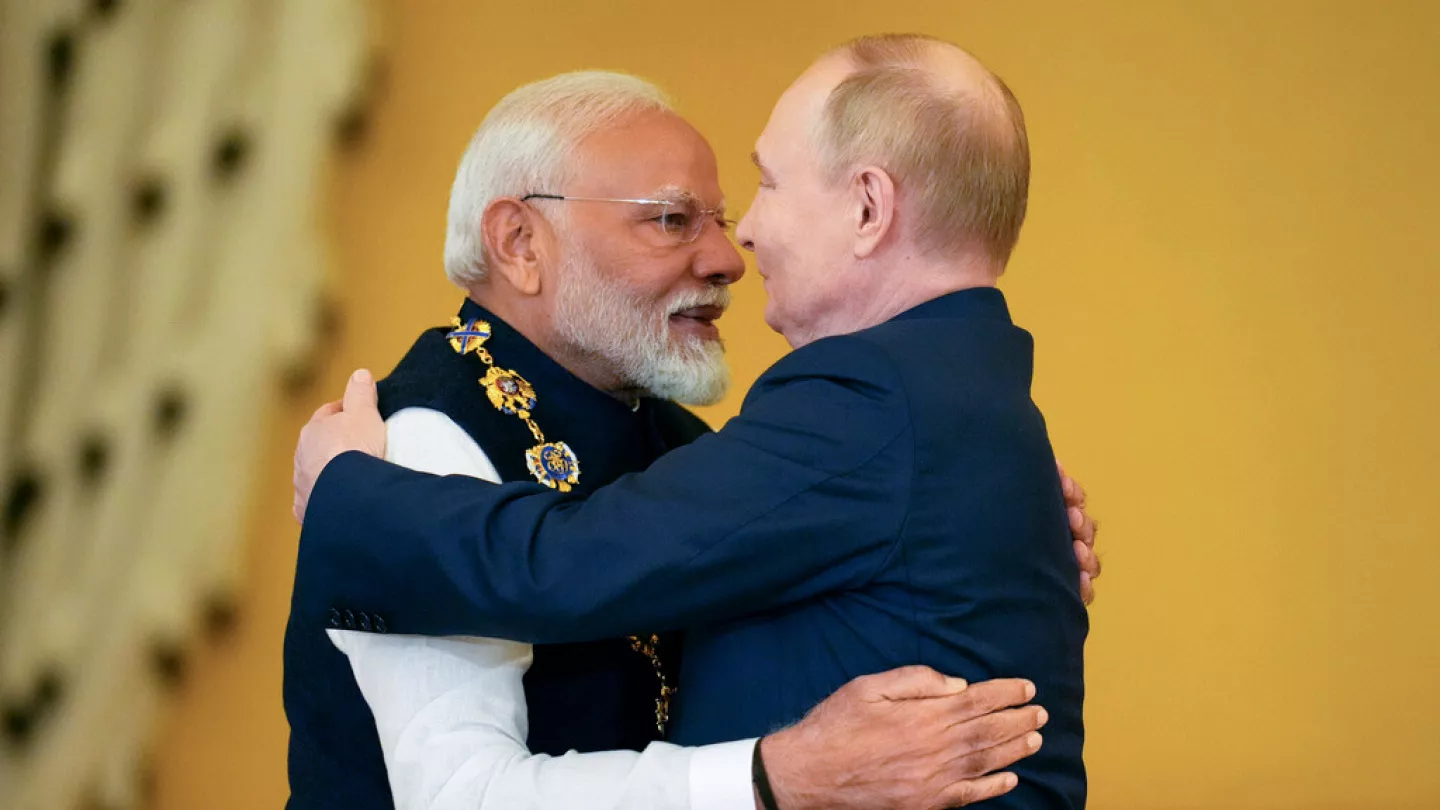
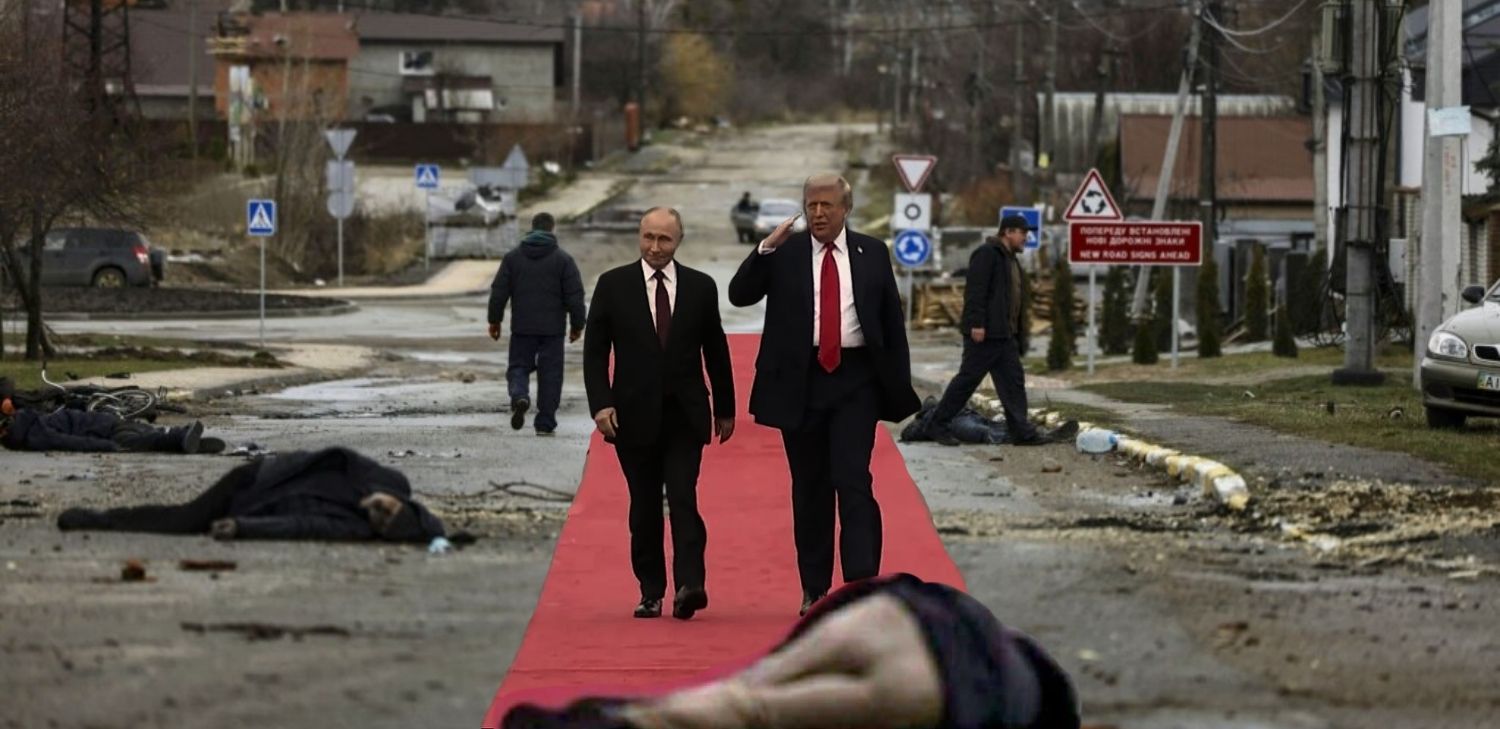
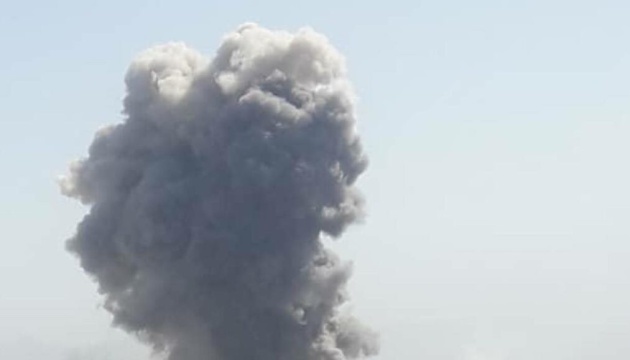
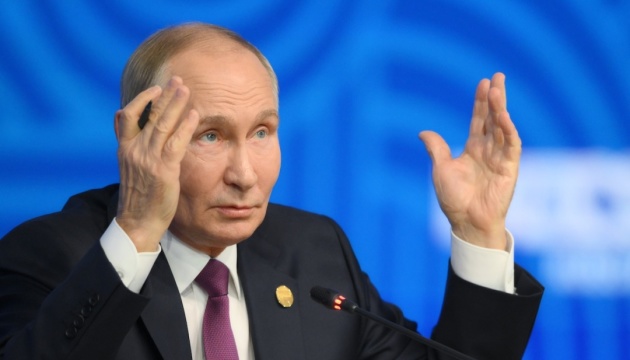
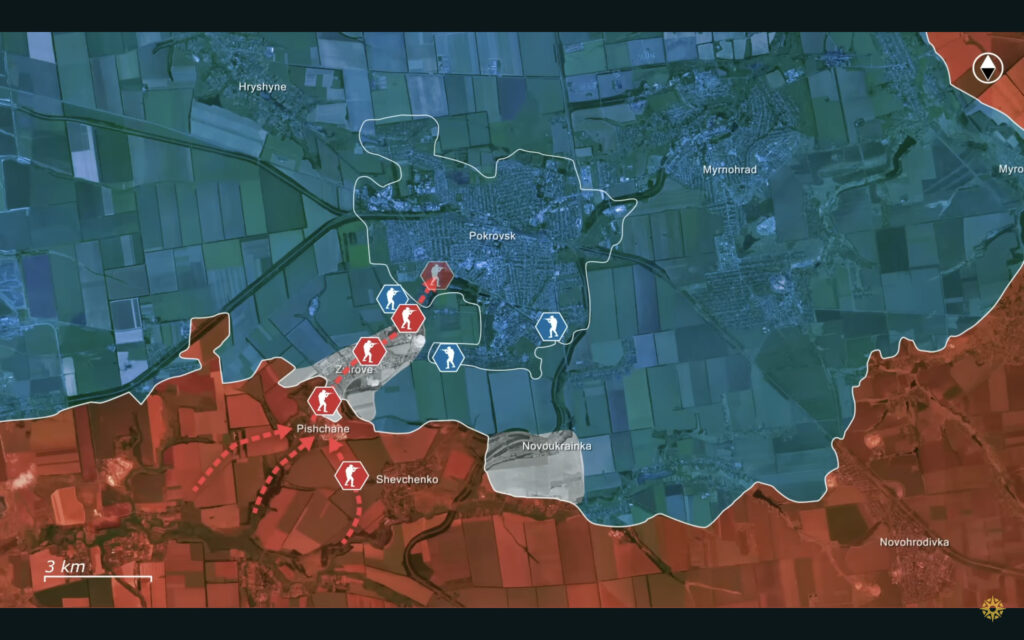

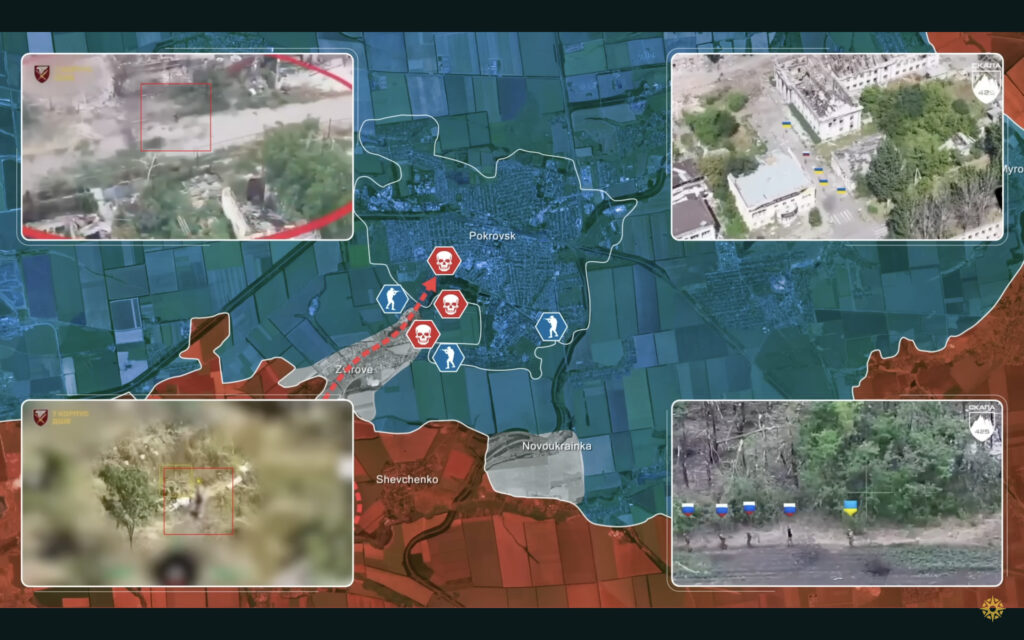

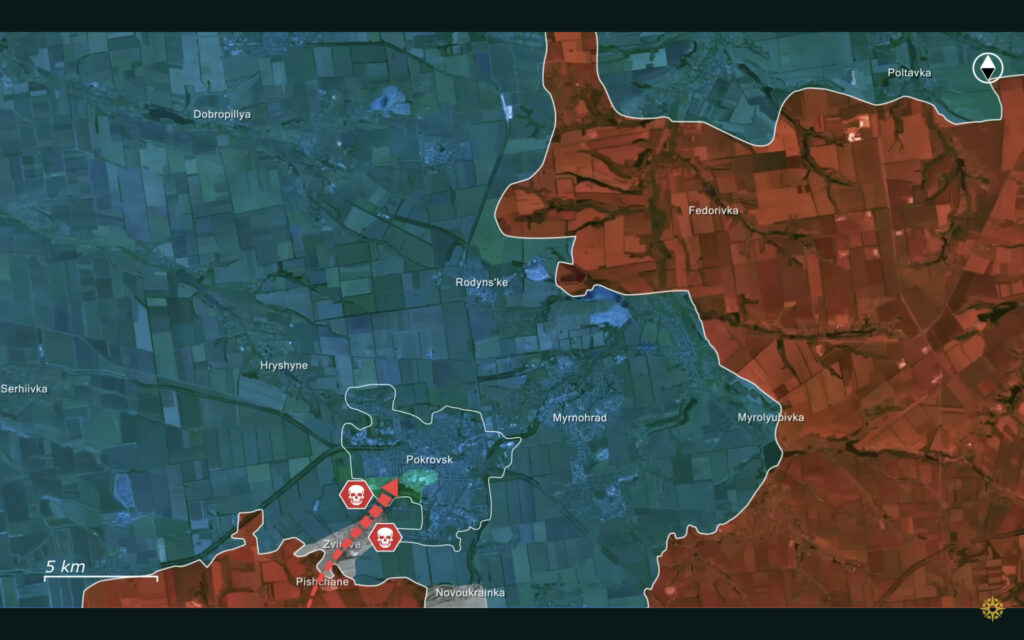
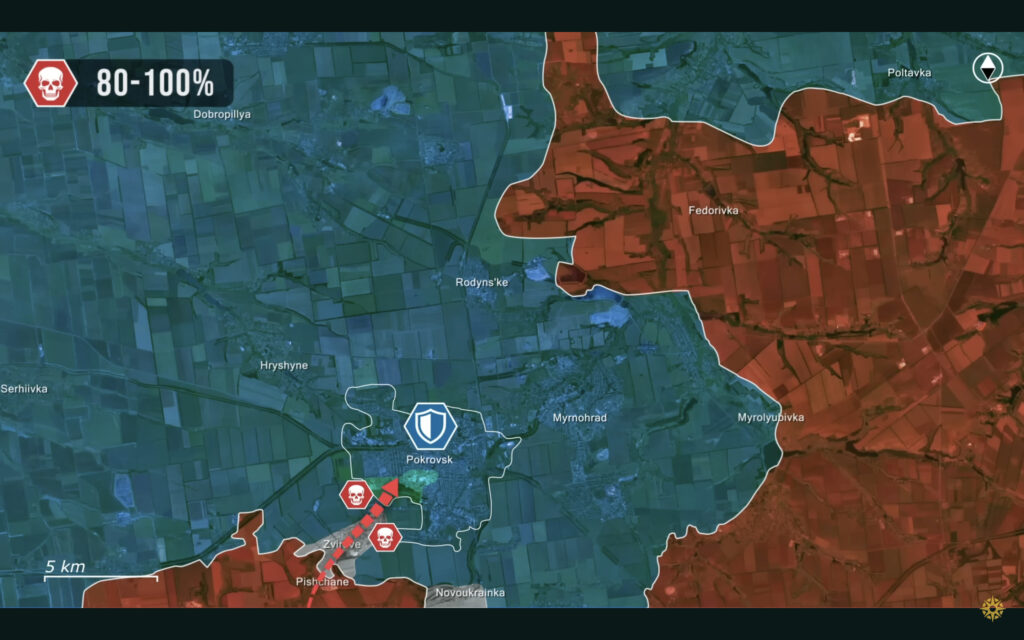

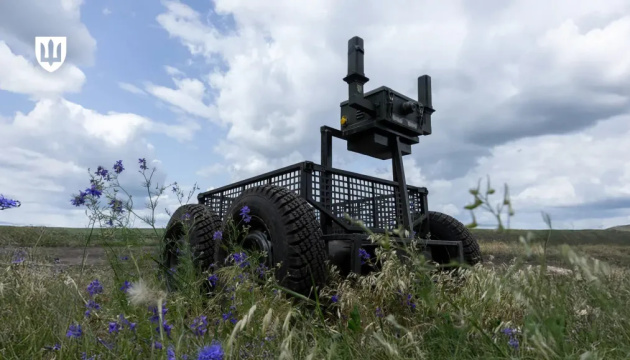
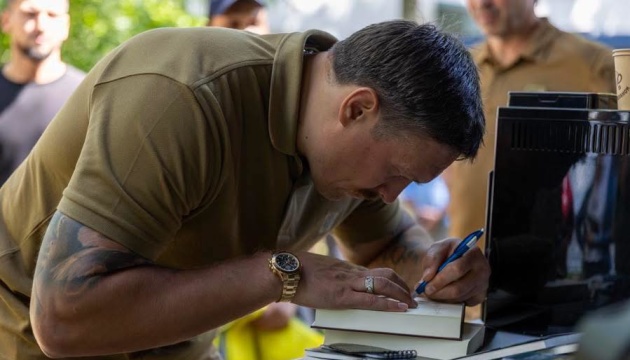
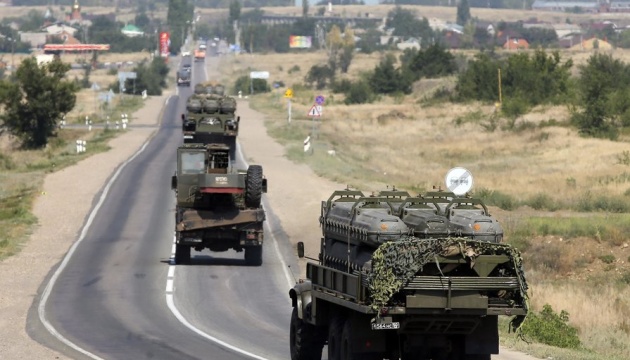


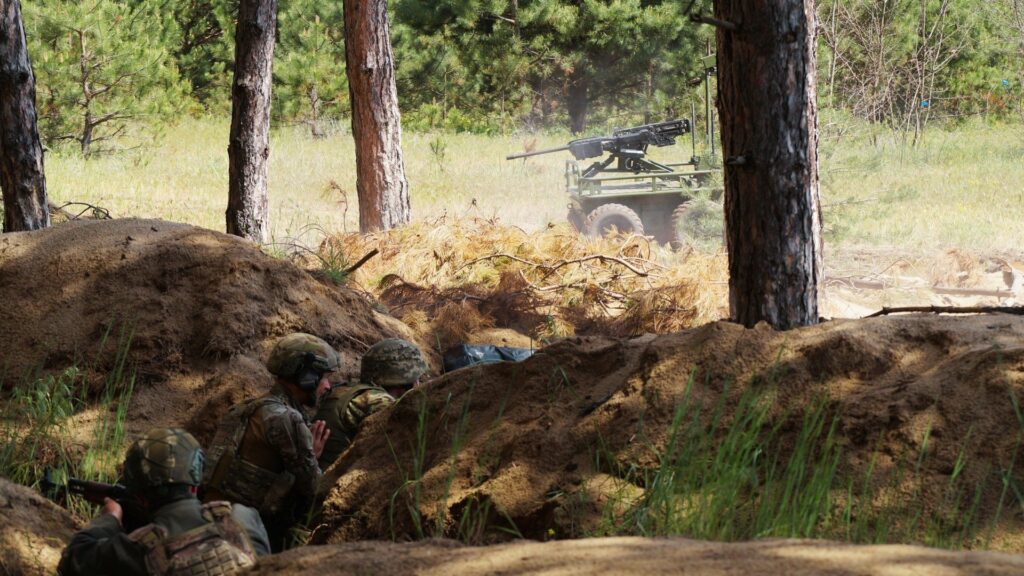
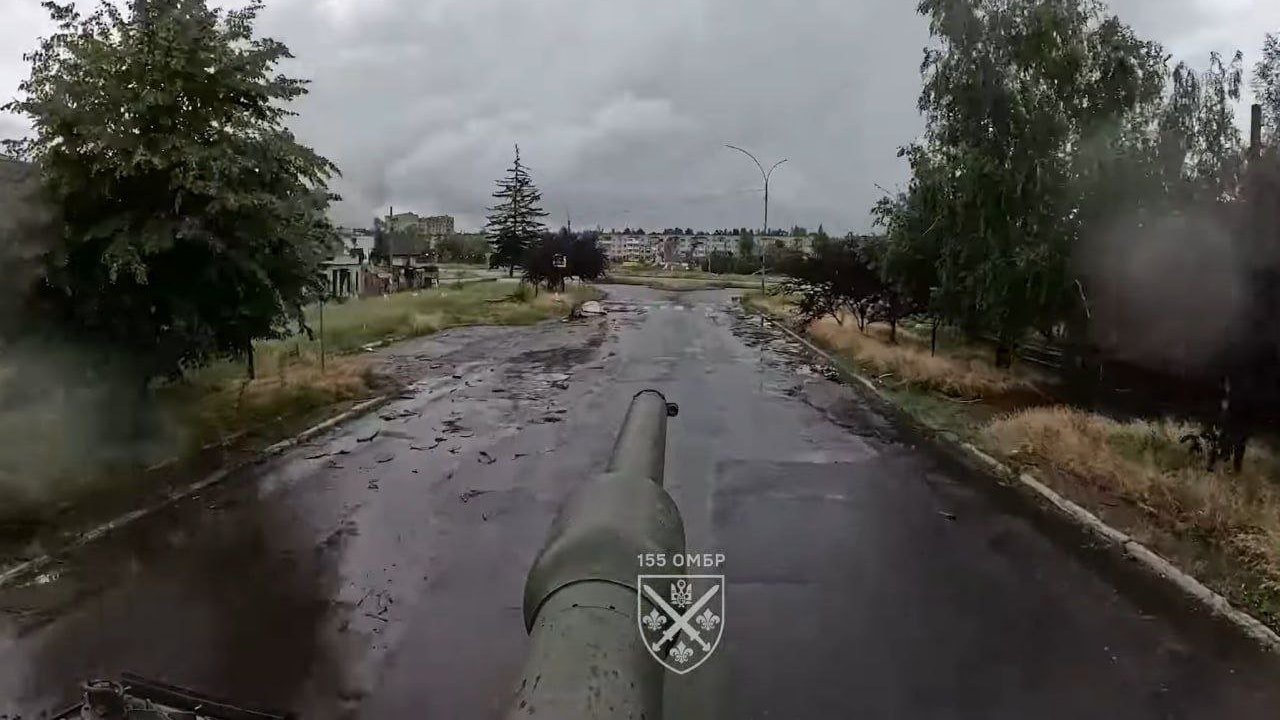
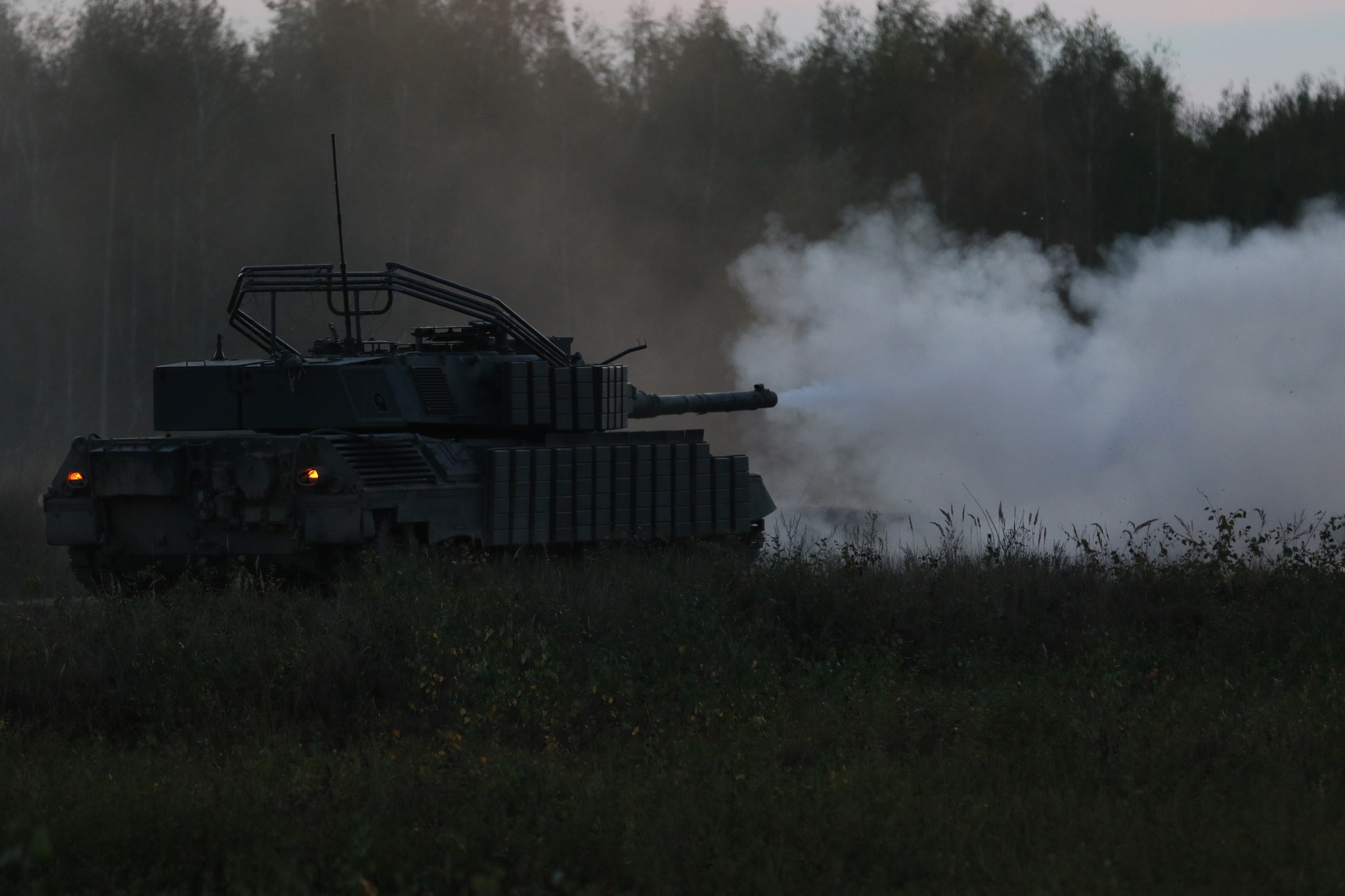


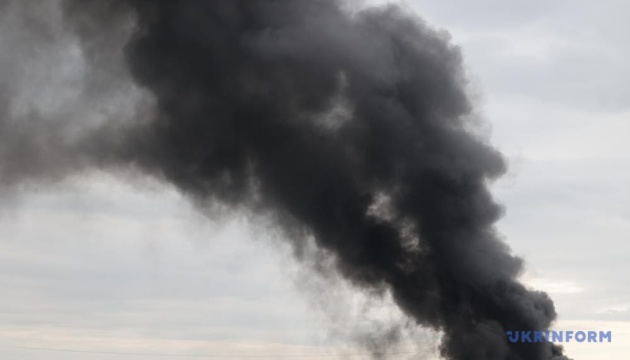
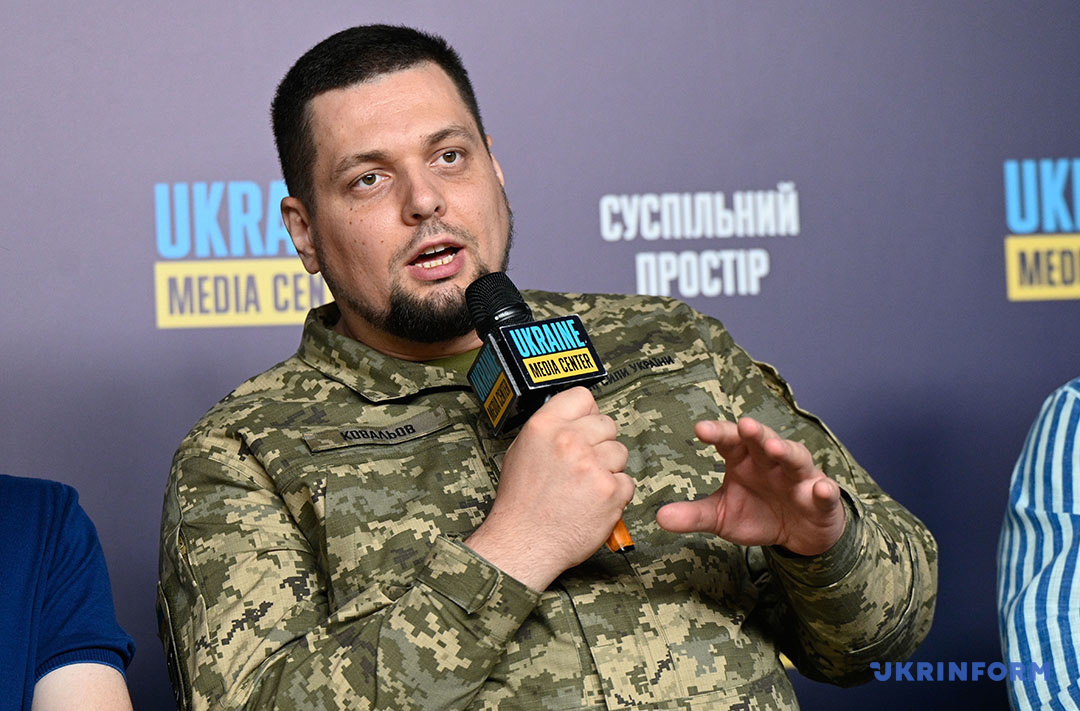
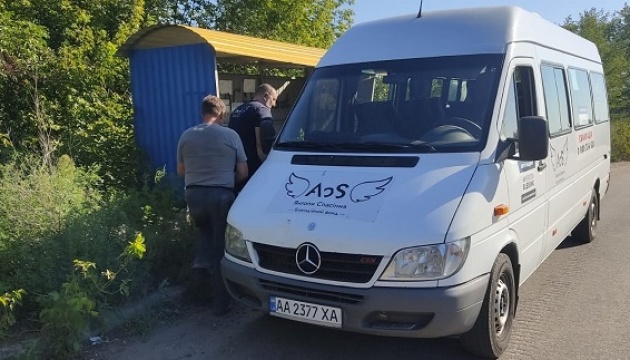
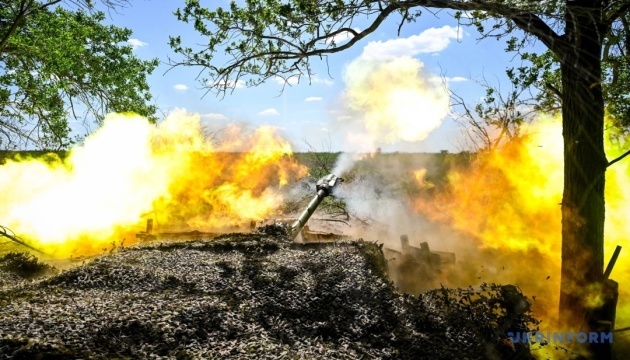


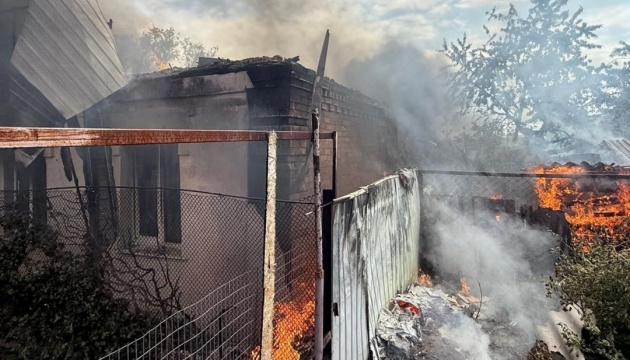

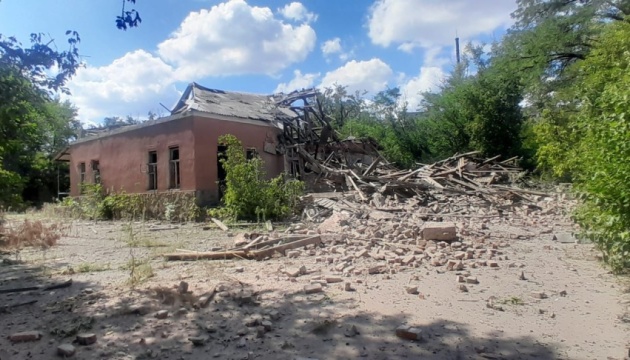
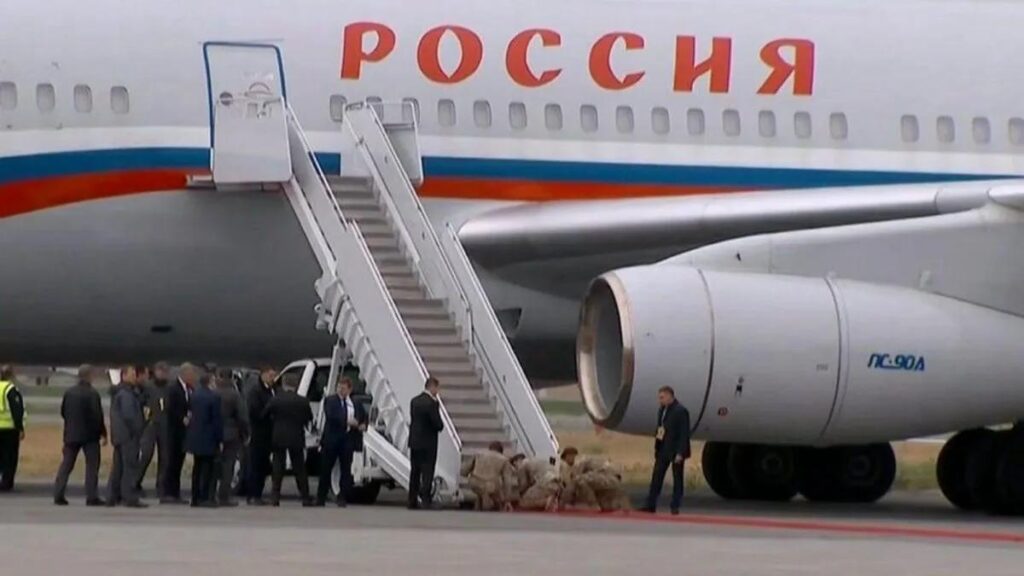
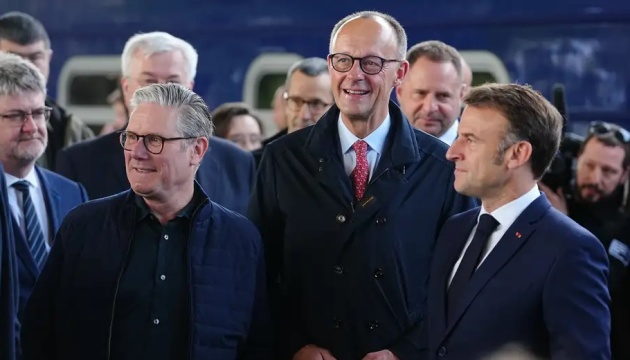
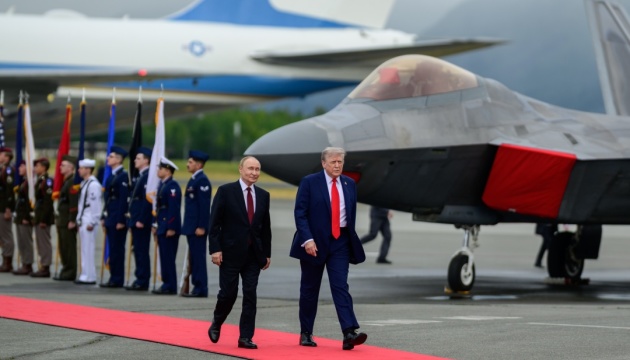
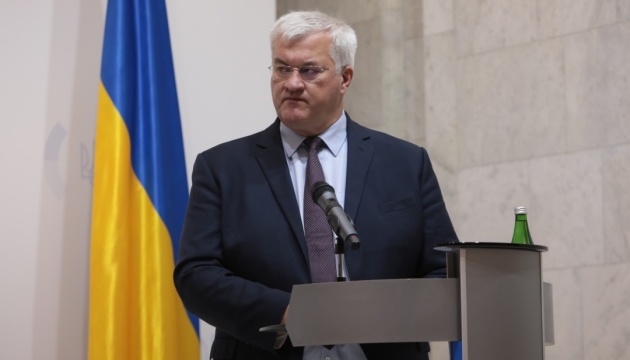

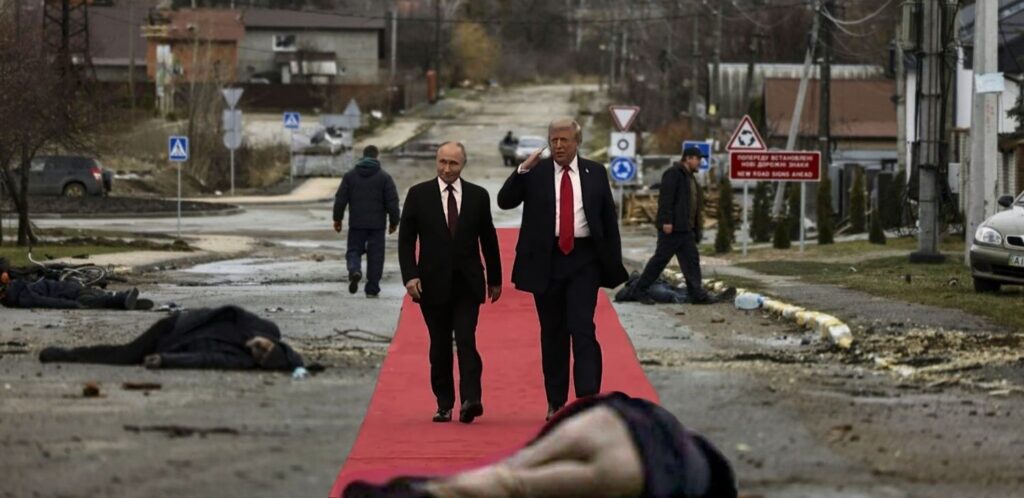
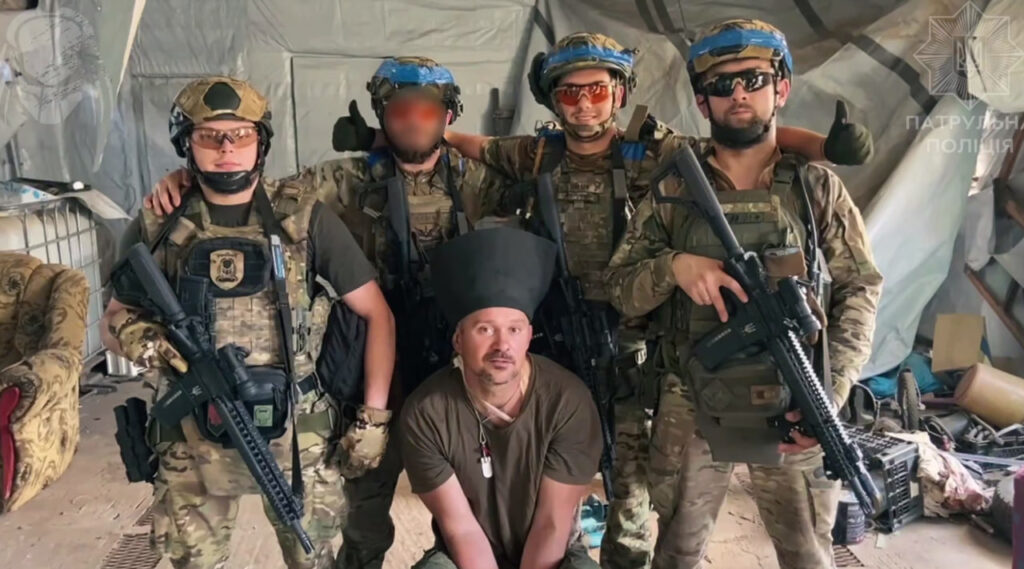


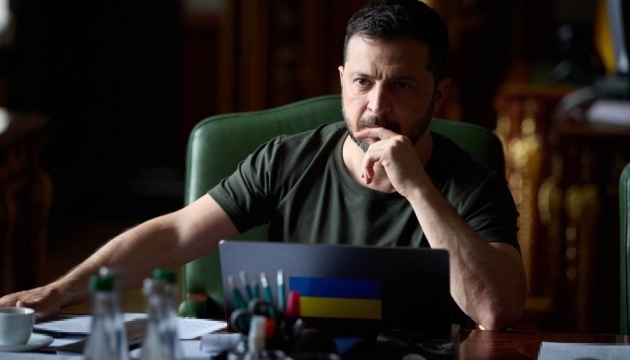
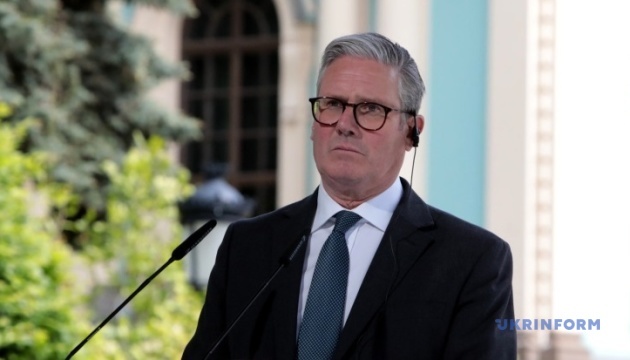
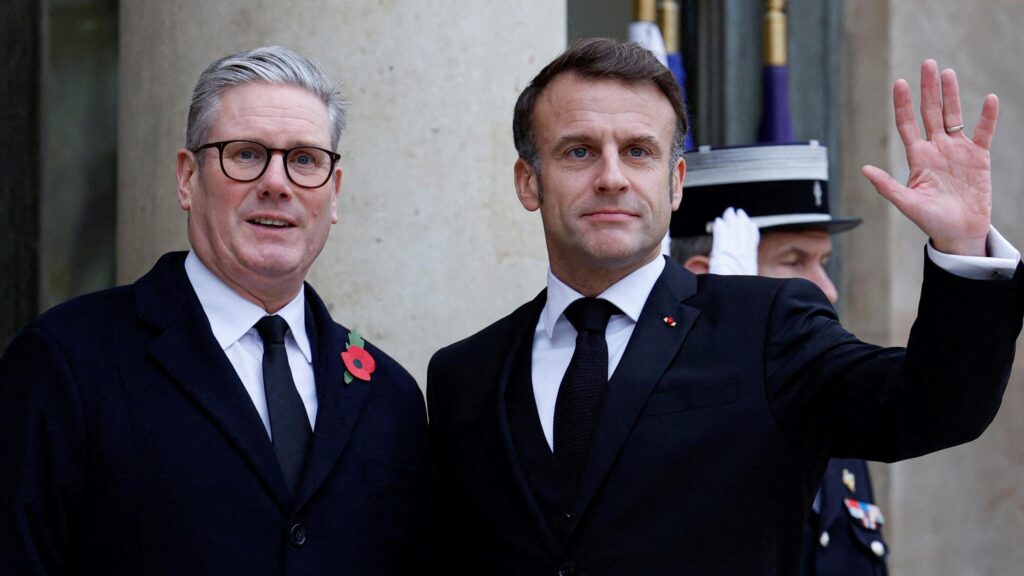
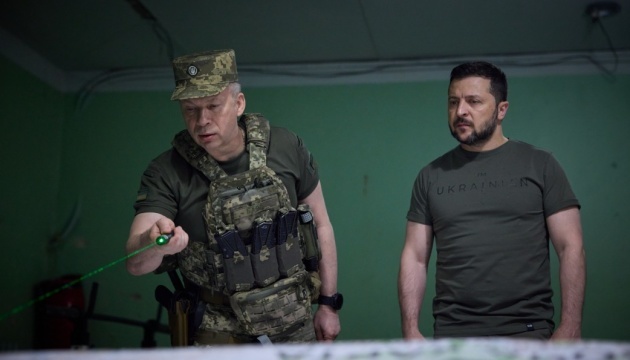
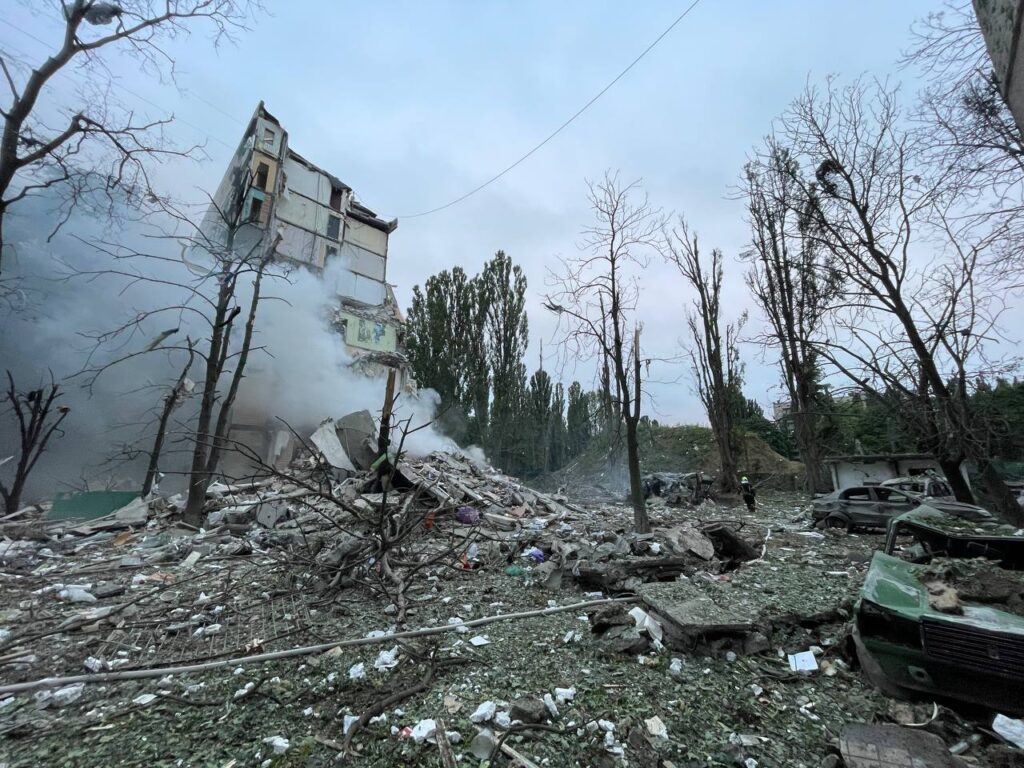


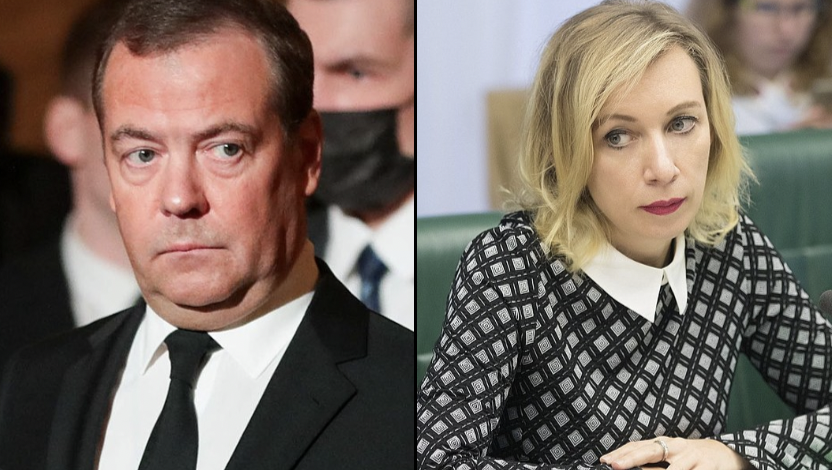
 Oleh Shupliaк
Oleh Shupliaк 